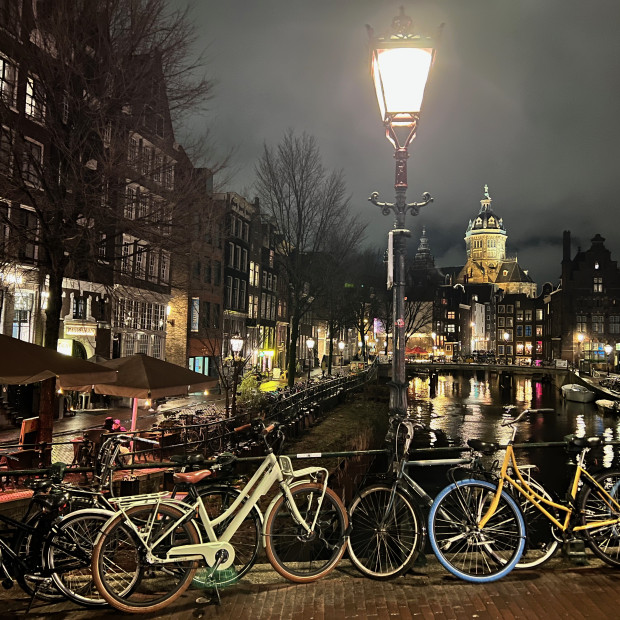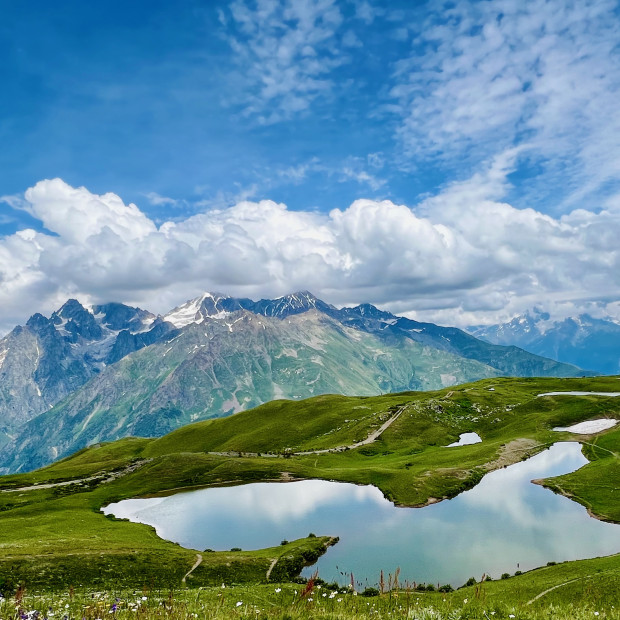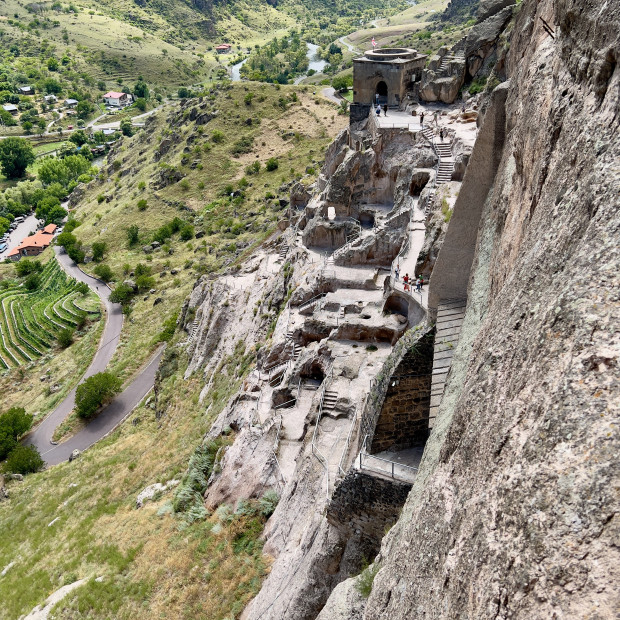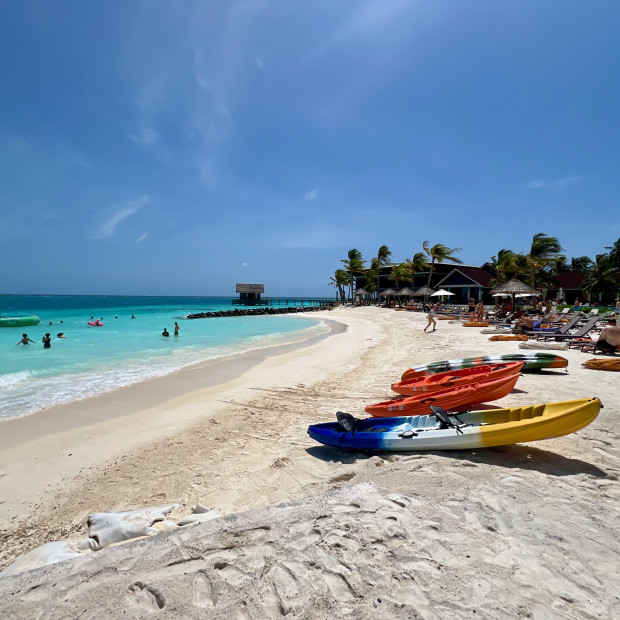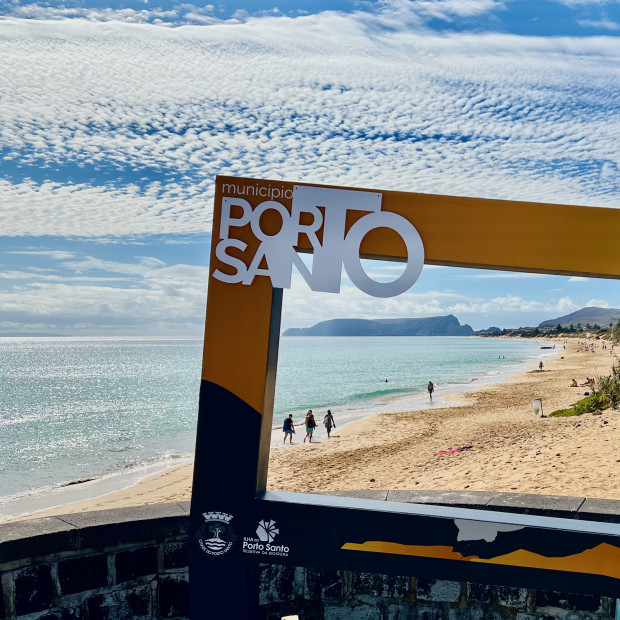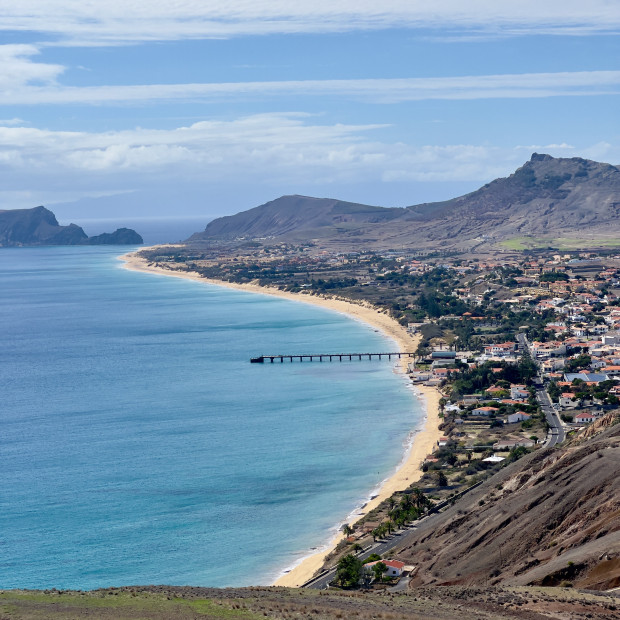About this place
Amsterdam: The Red Light District
The Red Light District, known locally as "De Wallen," stands as one of Amsterdam's most famous and controversial neighborhoods. Located in the oldest part of the city, this area features narrow cobblestone streets interwoven with canals and lined with buildings distinguished by their red-lit windows where sex workers legally offer their services.
Dating back to the 14th century, De Wallen developed alongside Amsterdam's growth as a major port city. The district contains several historic buildings, including the Oude Kerk (Old Church), Amsterdam's oldest building constructed in 1213, which sits surrounded by windows with red lights—an ironic juxtaposition of the sacred and the secular that characterizes much of Amsterdam's approach to regulation.
The district operates under strict regulations and health requirements, with sex workers renting their windows and paying taxes like any other profession. Despite its notorious reputation, the area is generally safe and patrolled regularly by police. In recent years, the city government has implemented measures to reduce overcrowding and transform parts of the district through initiatives like "Project 1012," named after the area's postal code.
Beyond the red-lit windows, the district features an array of bars, restaurants, theaters, and museums, including the Museum of Prostitution and the Hash Marihuana & Hemp Museum, reflecting the area's complex cultural identity.
Cannabis Policy in Amsterdam
Amsterdam's approach to cannabis represents another aspect of the city's pragmatic regulatory philosophy. While cannabis is technically not fully legalized in the Netherlands, it has been decriminalized through a policy of "gedoogbeleid" (tolerance policy) since 1976. This policy permits the sale of small amounts of cannabis (up to 5 grams per person) in licensed establishments known as "coffeeshops."
Amsterdam hosts approximately 160 coffeeshops, primarily concentrated in the city center. These establishments operate under strict regulations: they cannot sell alcohol, cannot advertise, must verify customers are at least 18 years old, and can keep only limited stock on the premises. The coffeeshops create a controlled environment for cannabis consumption, which authorities believe helps separate the market for soft drugs from hard drugs.
The city's coffeeshops range from simple, utilitarian spaces to elaborate themed venues. Many have become tourist attractions in their own right, with some of the more famous establishments like The Bulldog and Greenhouse attracting visitors from around the world.
This pragmatic approach to regulation of activities that other cities might criminalize reflects Amsterdam's long tradition of tolerance and practical governance—a philosophy that extends from its Golden Age history as a haven for religious minorities to its modern approach to complex social issues.

